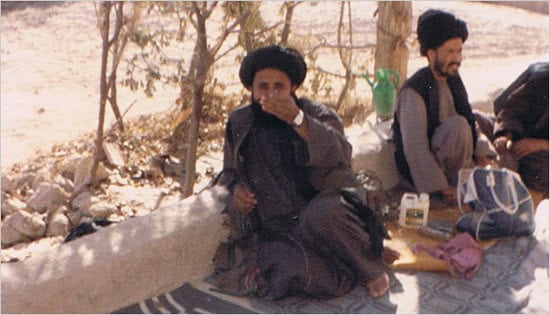
Mullah Baradar appointed head of Taliban’s ‘political office’ in Qatar
The Taliban said Baradar was appointed to lead the political office to “strengthen” its position in negotiations with the US.

The Taliban said Baradar was appointed to lead the political office to “strengthen” its position in negotiations with the US.
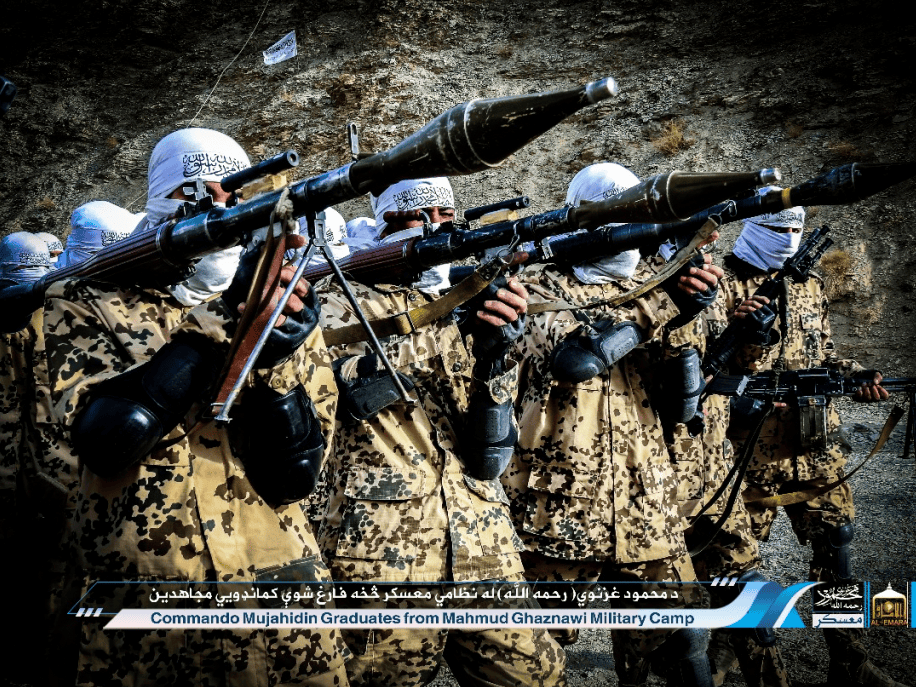
While these training videos are often mocked, including by the spokesman for Resolute Support and US Forces – Afghanistan, the graduates from these camps have been effective at battling Afghan security forces.

One of the Taliban’s top two spokesmen bragged that the group called off negotiations with the US after the latter has pleaded for peace talks.
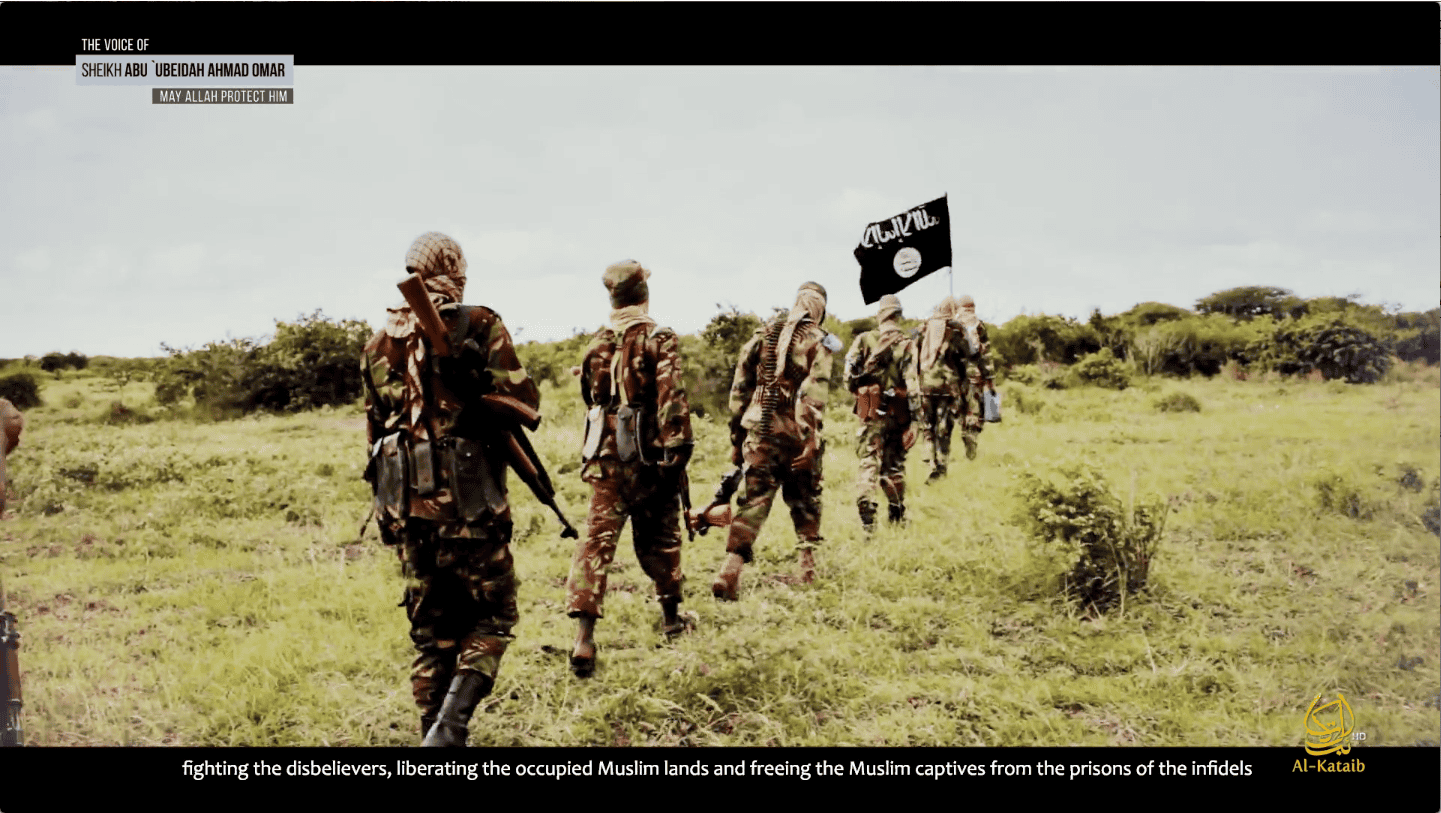
US counterterrorism operations against al Qaeda’s branch in Somalia shows no signs of slowing down despite a report last week that said the Pentagon plans to reduce its role there. The US has launched four strikes against Shabaab during the first week of 2019.
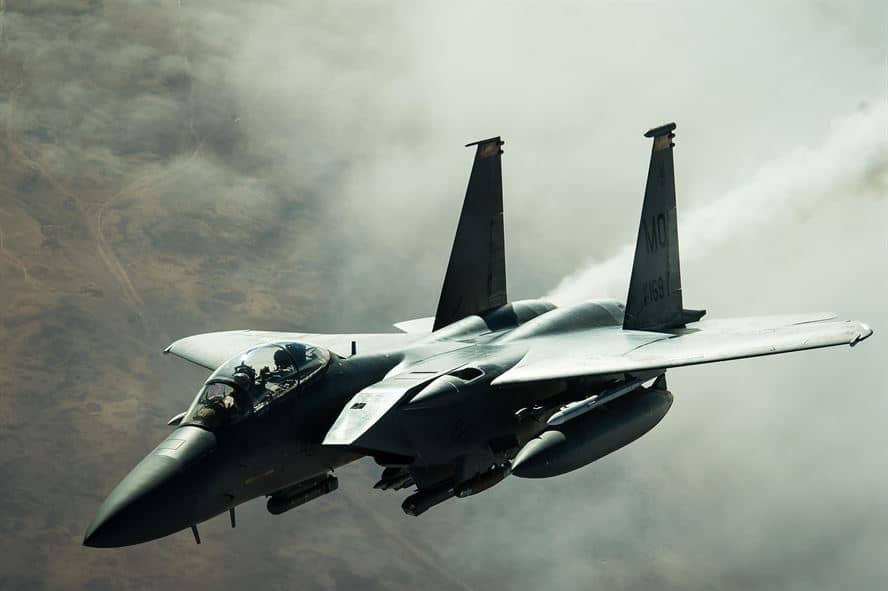
Counterterrorism operations against AQAP have significantly tapered off in 2018 after a massive increase in 2017. The strike that killed Jamal-al Badawi is the first in Yemen since mid-September 2018.
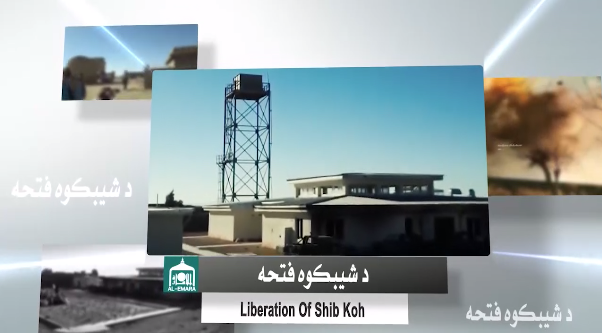
Afghan security officials denied Shib Koh fell to the Taliban, but a video recently released by the Taliban shows its fighters in full control of the district center.
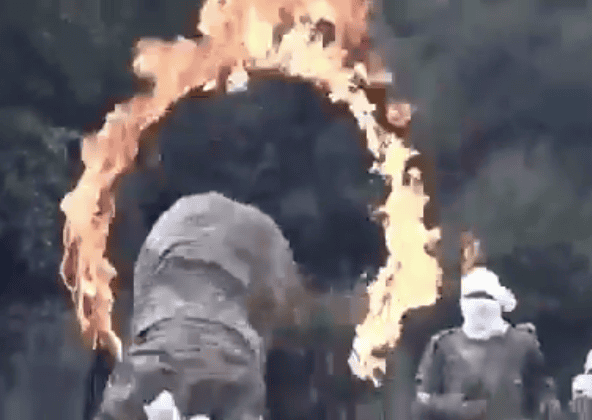
A since-deleted tweet by the spokesman for US Forces Afghanistan and Resolute Support Mission highlights a lack of seriousness and understanding about the threat posed by the Taliban.

The video is the latest in a string of Taliban propaganda that shows its fighters going through training.

The Taliban’s own statements and actions as well as Qaeda’s propaganda and operations easily disproves the Taliban’s denial that foreign fighters are in Afghanistan.
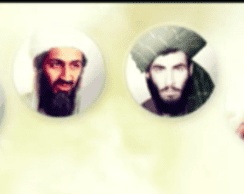
In a startling admission, a senior leader in the Afghan Taliban told NBC News that “thousands” of foreign fighters are currently embedded in the group in Afghanistan. The admission is astonishing as the Taliban has attempted to obscure its relationship with al Qaeda, even though it slips up every now and then. FDD’s Long War […]

The strikes were launched to “prevent terrorists from using remote areas as a safe haven to plot, direct, inspire, and recruit for future attacks,” AFRICOM noted.
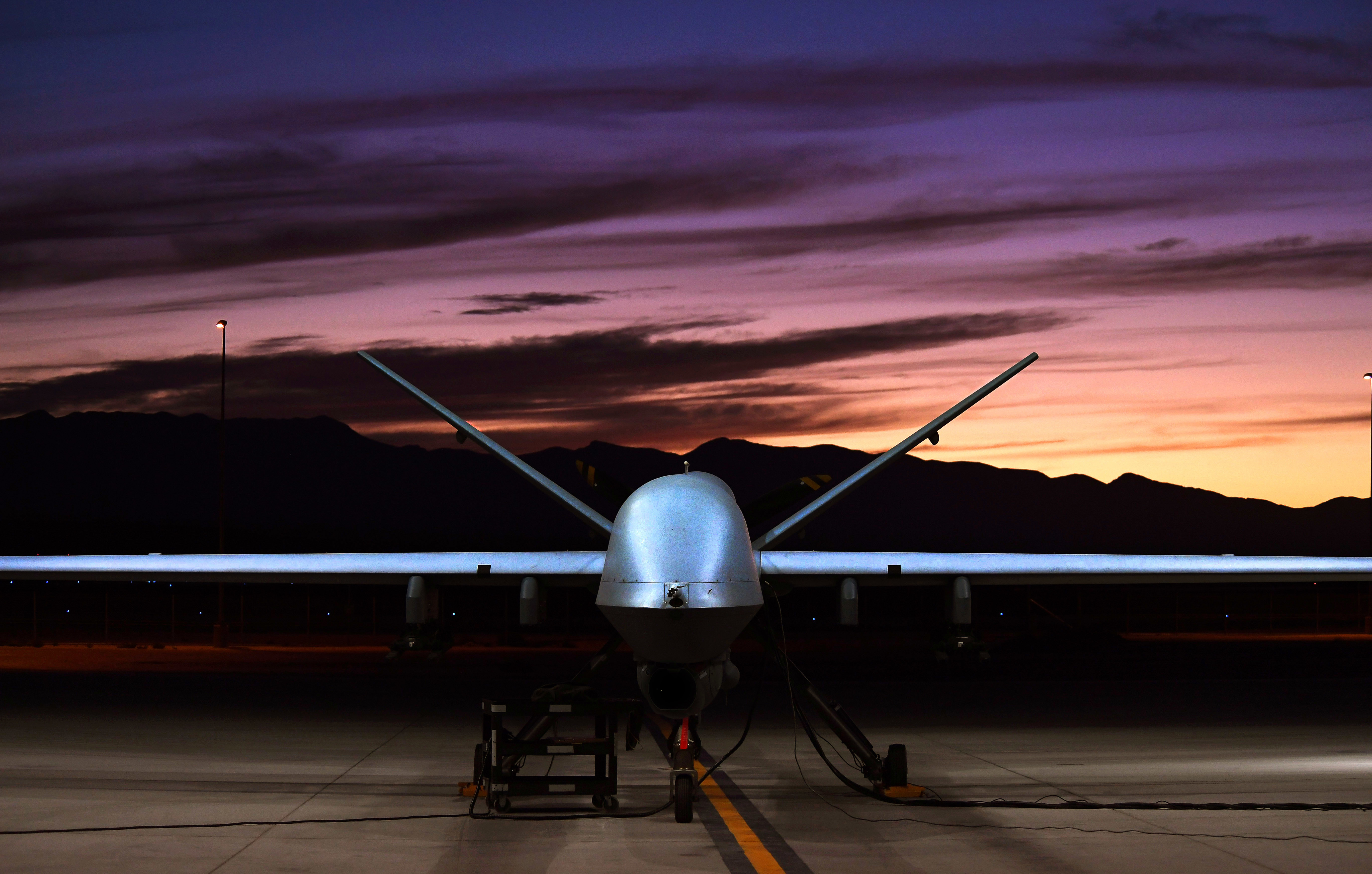
The last three strikes against Shabaab have taken place in an area where foreign al Qaeda fighters have historically sheltered. AFRICOM has targeted Shabaab 40 times throughout Somalia in 2018.
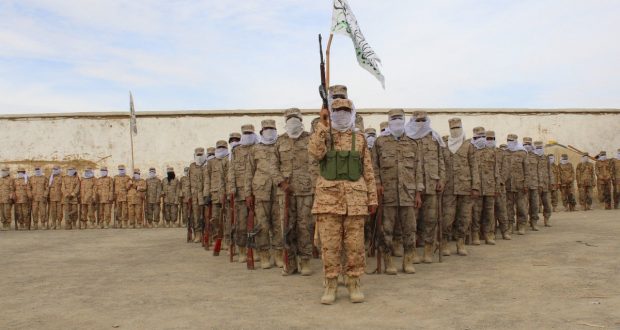
The Taliban overran the district of Shib Koh in the western province of Farah today after Afghan security forces stationed there fled. Farah remains one of Afghanistan’s most troubled provinces.
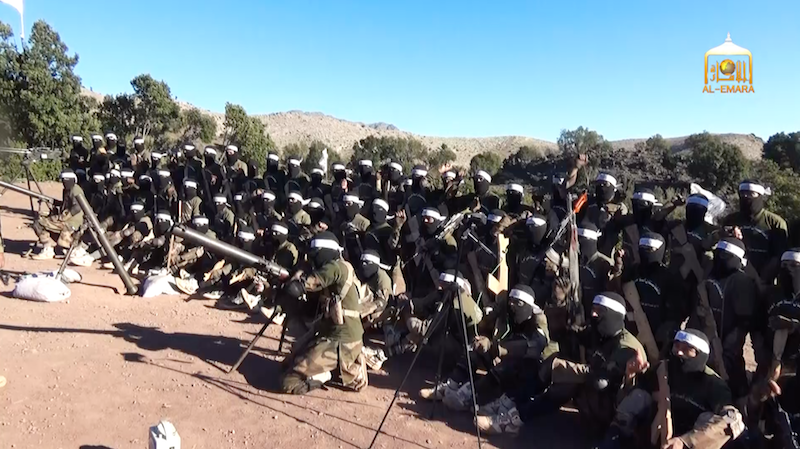
The attacks show that the Taliban continues to remain on the offensive and also provide a window into the accuracy of the Taliban’s reporting of its military operations.

The US military hit al Qaeda’s branches in Somalia and Libya twice over the past several days, killing 20 fighters in strikes that appear to have targeted the groups’ military capacity.
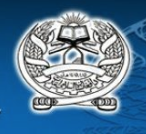
Mullah Manan was responsible for Taliban successes in Helmand that has left every district to be controlled or contested by the group. However the Taliban has been adept at replacing key leaders who have been killed or died of natural causes.

The US military has launched six airstrikes in the central Somali province of Mudug since Nov. 19, killing at least 55 Shabaab fighters.
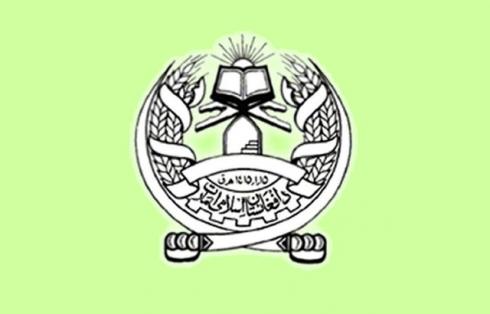
The Taliban yet again belittled the Afghan government as a “powerless and foreign imposed” regime that is unworthy of sitting down at a negotiating table. Additionally, the Taliban noted that it is “fighting and negotiating with the American invaders for the success of Jihad.
President Ghani wants the Taliban to accept democracy, participate in the government, and break ties with terrorist groups. The Taliban has repeatedly refused to adhere to these demands. Additionally, Ghani called for negotiations that are first driven by Afghans, which is the opposite of what is actually occurring today.
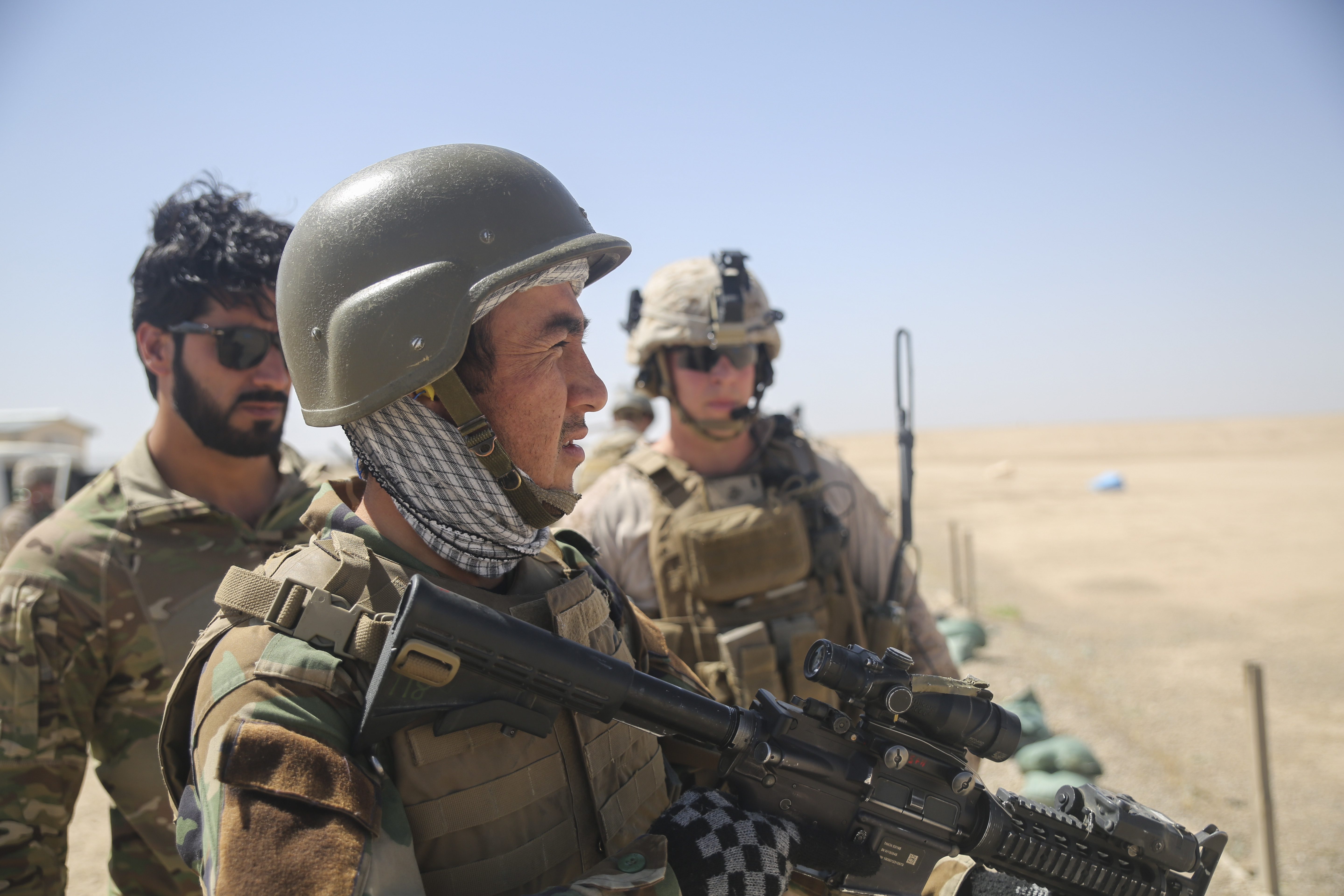
Ghazni remains a hotbed of Taliban activity in southeastern Afghanistan, and the US military has been forced to deploy units there to prevent its collapse.
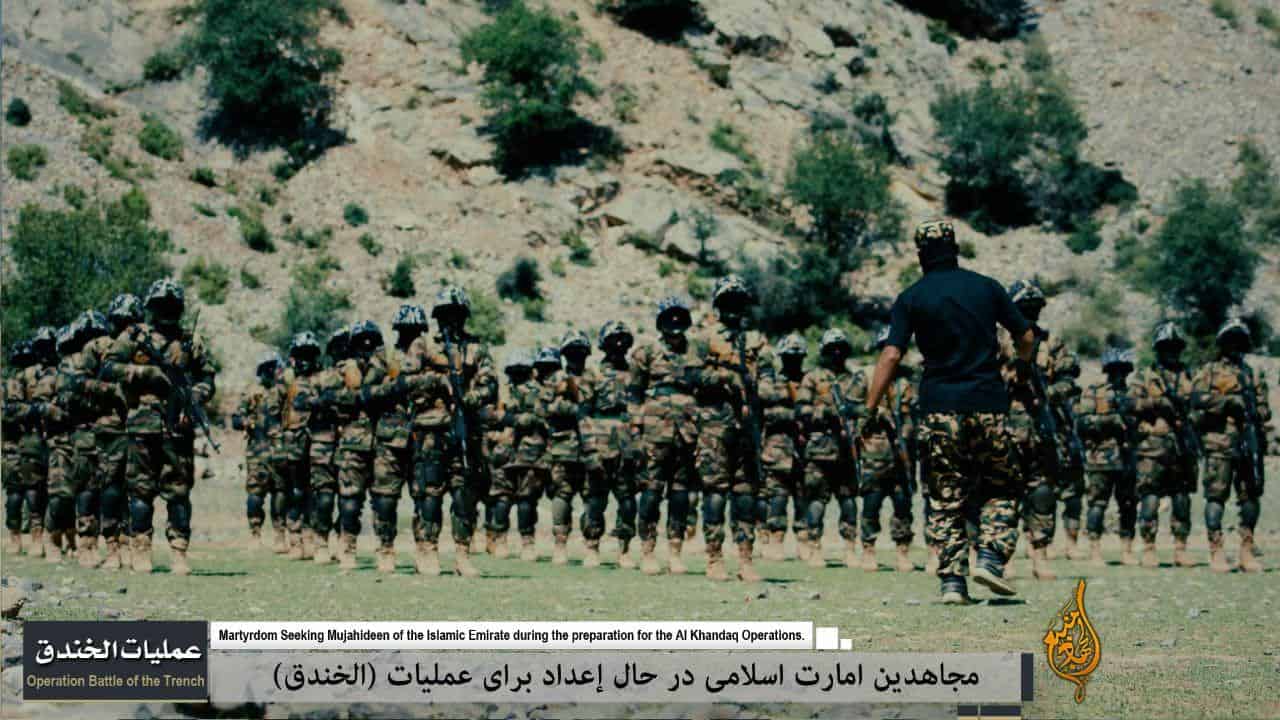
The US military’s official estimate of the number of fighters in the Taliban’s ranks needs to be at least doubled given the level and intensity of fighting in Afghanistan, as well as the number of Taliban casualties claimed by the Afghan security forces.
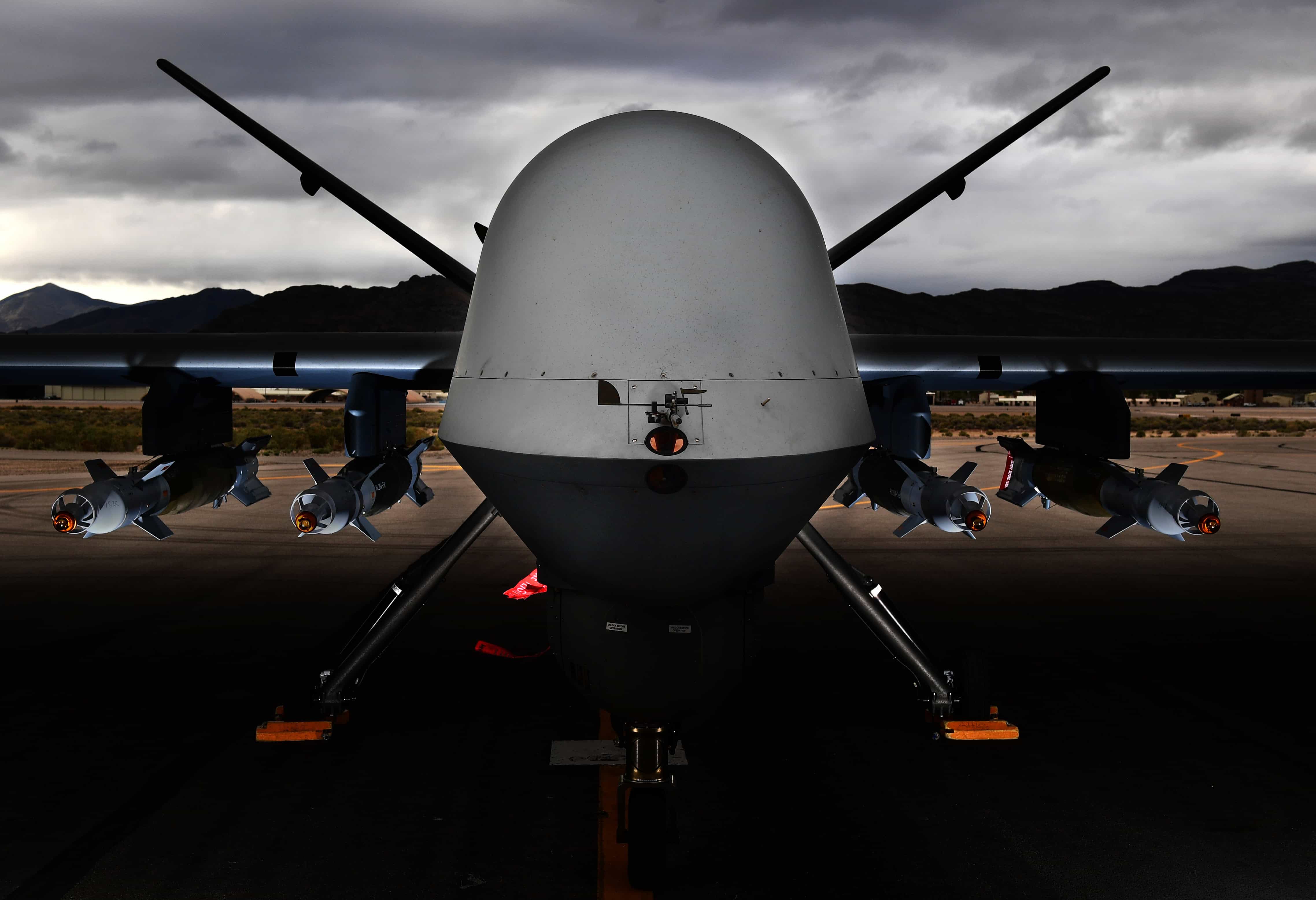
The US military is clearly targeting Shabaab in Mudug province. There have been five strikes there in the past four days and 50 Shabaab fighters are reported to have been killed in the attacks.
The pattern of the strikes, which took place in central Somalia, indicates that al Qaeda’s branch in East Africa either has an established base in the area, or that it was massing its fighters for a large scale attack.
The Taliban confirmed that it met with a high-level delegation of US officials in Qatar, and quashed news reports that the group wanted the Afghan government to postpone the April 2019 presidential elections and establish an interim government.
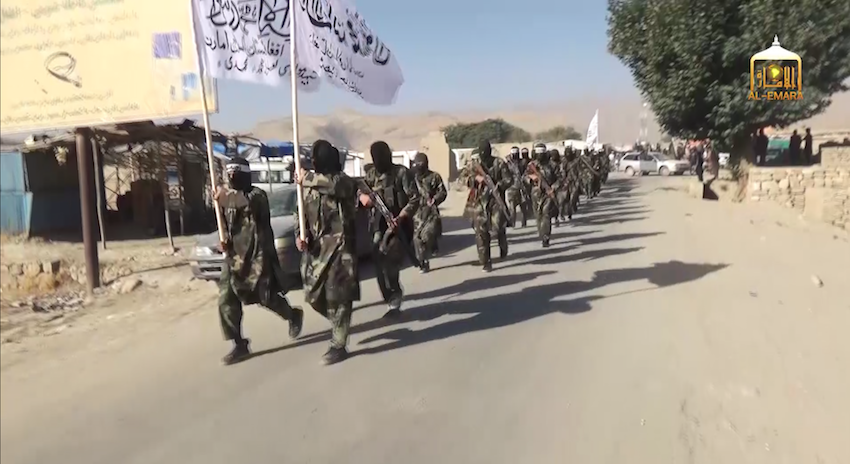
The Taliban is more than happy to negotiate the terms of US withdrawal — but if and only if an accord is reached on its terms. Because if a so-called peace agreement can be reached, you can be sure it will be one that will not benefit the Afghan people, the US, or the region.
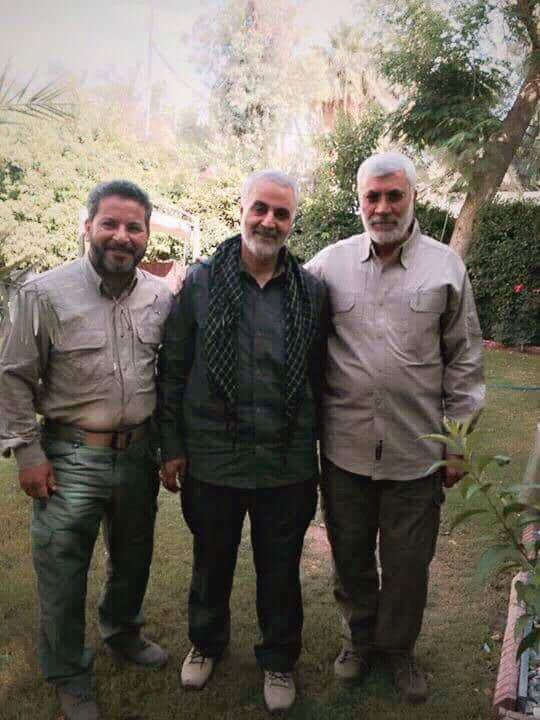
While the Treasury designation focuses on the four Iraqis’ links to Hezbollah, which is described as “a terrorist proxy for the Iranian regime that seeks to undermine Iraqi sovereignty and destabilize the Middle East,” it practically ignores the fact that one of them is the Secretary General of the Imam Ali Battalions, or Kata’ib Imam Ali, a key component of the Popular Mobilization Forces, an official military arm of the Iraqi state that reports directly to the prime minister.
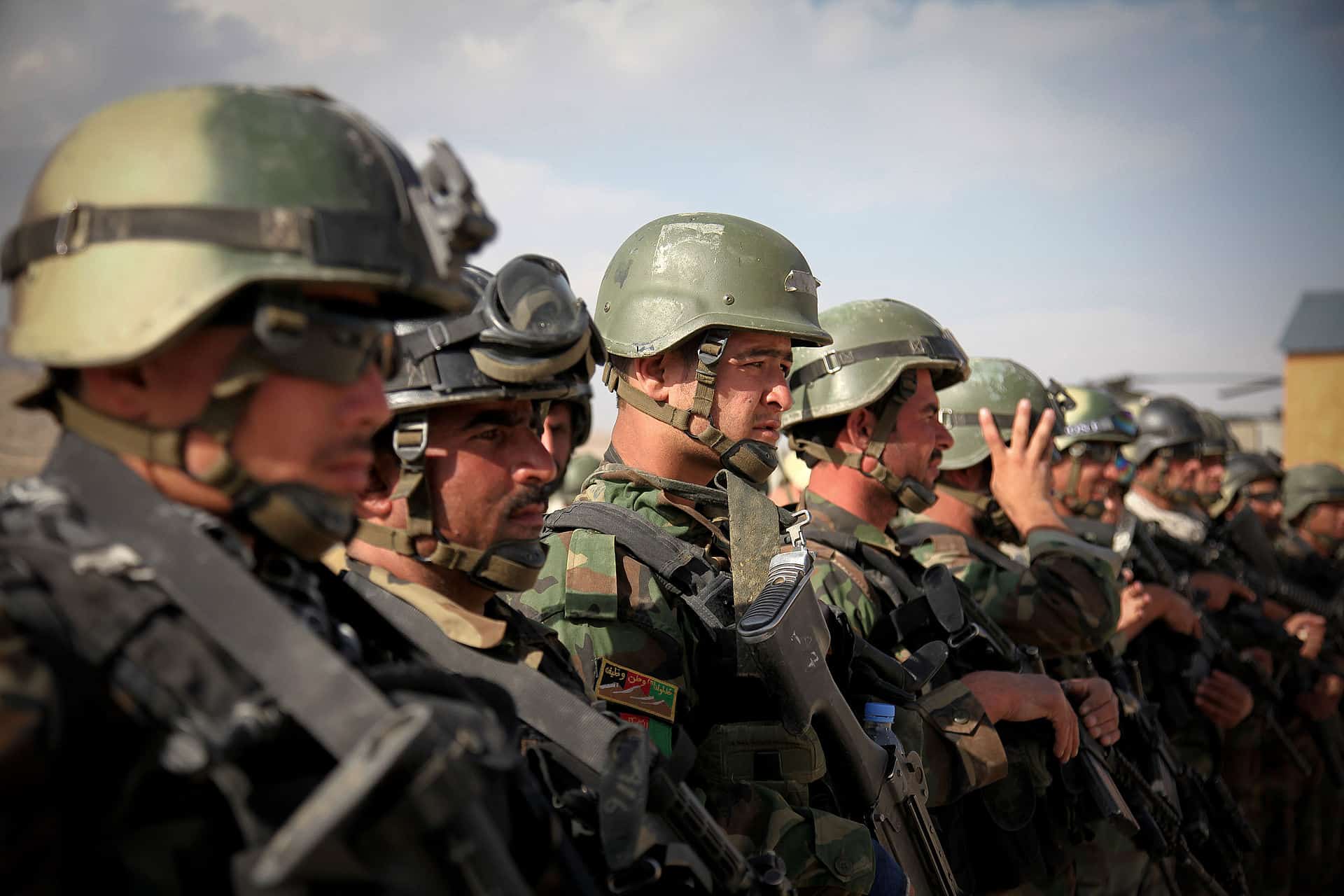
Another company of the elite Special Forces commandos was overrun, this time in the once impenetrable district of Jaghuri in Ghazni province. Afghan forces are being besieged by the Taliban on a daily basis.
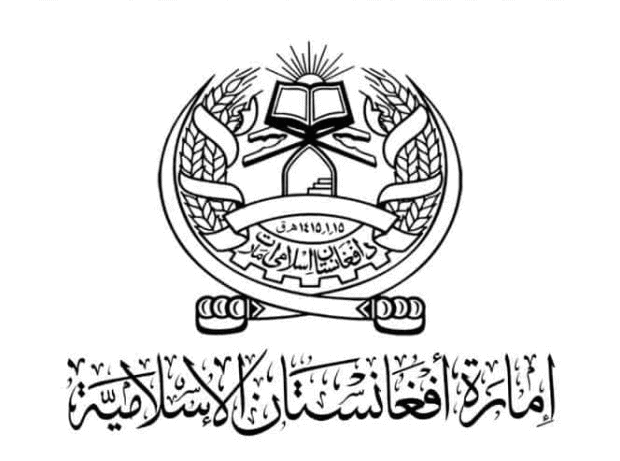
The Islamic Emirate of Afghanistan is the name of the Taliban’s government before the US deposed it after the Sept. 11, 2001 attack by al Qaeda. The Taliban insists that the Islamic Emirate of Afghanistan be restored and recognized as the true representatives of the Afghan people.

The Taliban said that the Moscow conference serves as a propaganda and diplomatic coup for the group, as it has sought international legitimacy for its cause. It reitered that it refuses to negotiate with the Afghan government and is seeking the withdrawal of US forces.
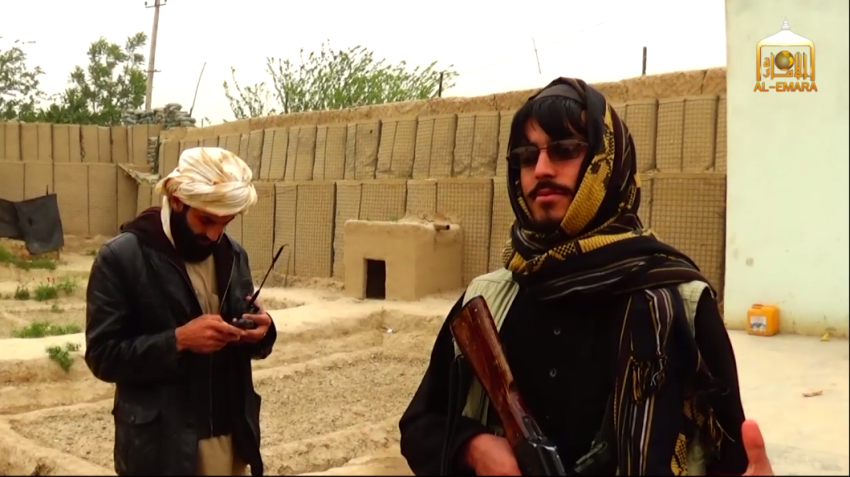
All but three of the border policemen manning the outpost were either killed or captured, according to reports. The base in Farah is just the latest to fall to the Taliban.